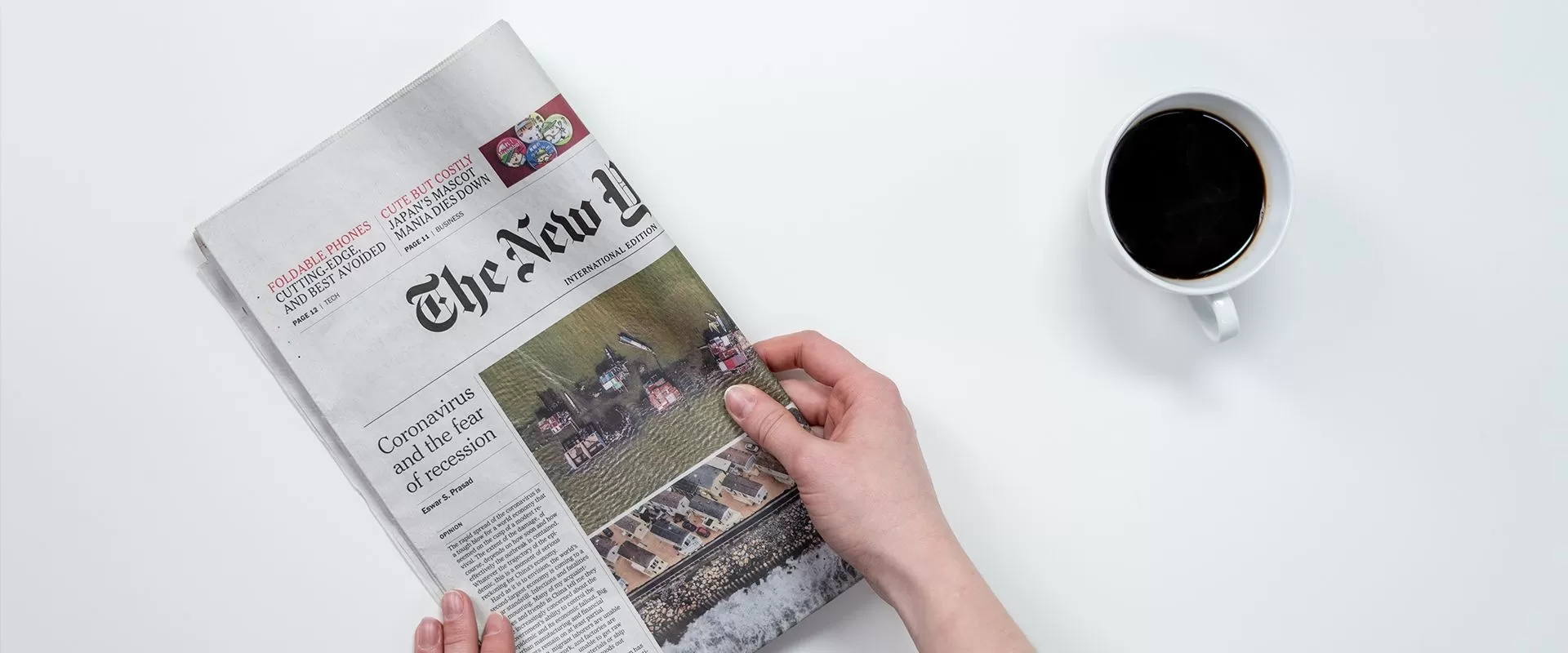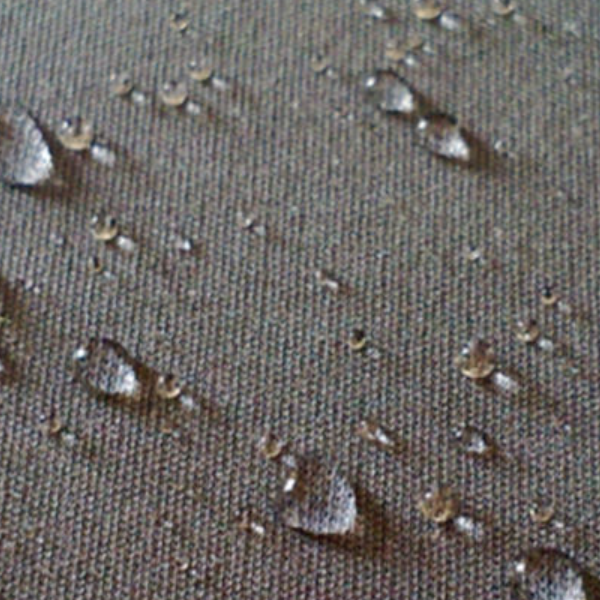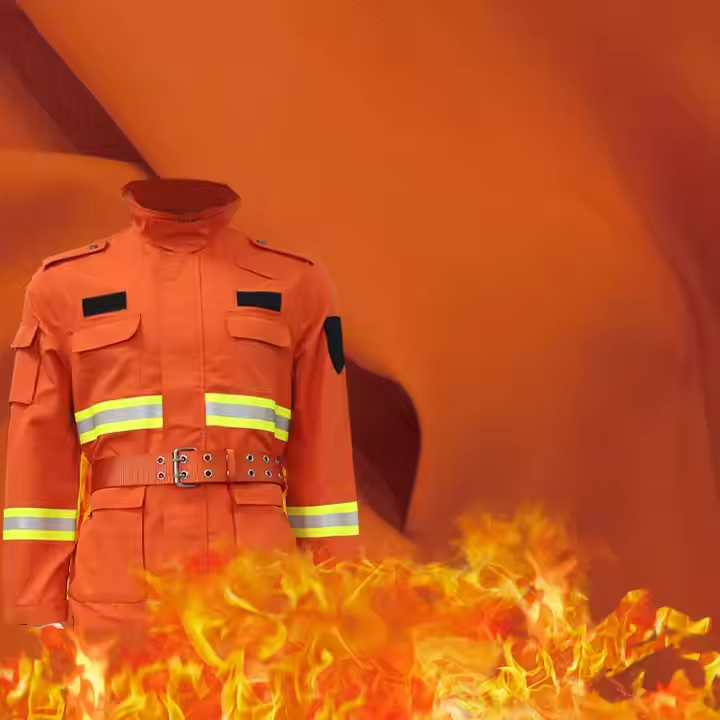Waterproof Fabric: Profitable Trends for Wholesalers to Follow
Emerging Trends in Waterproof Fabric Demand
Rise of Eco-Conscious Manufacturing
Green manufacturing practices are really taking off these days, especially in textiles where shoppers want greener options more than ever before. We're seeing this play out through increased interest in waterproof fabrics crafted from recycled stuff rather than virgin materials. Industry numbers show that demand for reused materials keeps rising steadily, and experts predict that green manufacturing might actually grow by something like 20 percent over the next half decade. Companies such as Patagonia and The North Face have been leading the charge here for quite some time now. When brands go green, they get two benefits at once: better standing against competitors while building stronger connections with customers who care deeply about environmental impact. Looking at what's happening across retail right now, anyone wanting to stay competitive needs to seriously consider going down this sustainability path if they hope to keep up with changing consumer expectations and market demands.
Growth in Flame-Retardant Workwear
The oil and gas industry is seeing growing interest in flame retardant waterproof fabrics lately, mainly because safety rules have gotten much tougher over the past few years. Workers who deal with dangerous situations need this kind of protection, obviously. Take Dupont for example they've noticed their customers in the petrochemical business buying way more of these special fabrics than before. What's interesting now is how manufacturers are developing materials that do multiple things at once. They still stop fires effectively, sure, but many newer versions also keep water out pretty well. This combination makes protective clothing work better in all sorts of weather conditions. We're starting to see these improvements show up everywhere from refineries to offshore drilling platforms, which means safer workplaces overall when companies actually invest in quality gear for their staff.
Smart Textile Integration
Bringing smart tech into waterproof fabrics represents something pretty big for textiles overall. As sensors get better, clothes can actually start tracking all sorts of performance data on the fly. Some numbers coming out recently show the smart fabric market might jump around 30 percent over the next ten years give or take. Athletes' gear and stuff made for outdoor adventures stand to gain a lot from this kind of tech boost. When manufacturers embed sensors right into the fabric itself, runners and climbers get detailed feedback about how they're performing, which helps them adjust and improve. Beyond just making things safer, these developments create totally new possibilities for what clothes can do functionally while still keeping water out, positioning waterproof materials as something really important in where smart fabrics are headed.
High-Performance Applications Driving Wholesale Opportunities
Outdoor & Sportswear Innovations
Waterproof fabrics have completely changed how we think about outdoor gear and sportswear, making a real difference in performance levels. These new materials let people stay dry while still allowing sweat to escape, so body temperature stays just right during those tough workouts or hikes through rain. Looking at numbers, the outdoor clothing business grew around 15% last year compared to the previous one, which shows just how much folks want better performing clothes now. People shopping for activewear aren't just looking for something comfortable anymore they actually care if their clothes help them perform better too. For wholesale businesses, getting involved with these fabric technologies makes sense because there's definitely room in the market for quality products that stand out from regular stuff. Just need to figure out which specific innovations will work best with existing customer bases though.
Industrial Safety Gear
Waterproof materials play a key role in making industrial safety equipment actually work as intended, especially when meeting those tough safety regulations. Take construction sites for instance where studies indicate around one fifth of all injuries might have been prevented if workers had worn appropriate protective clothing. The bottom line is we really need durable waterproof gear that ticks both boxes compliance wise and keeps people safe on the job. From a wholesale standpoint, there's serious money to be made supplying modern waterproof and flame resistant safety apparel. These kinds of products do make workplaces safer overall, and more companies across different industries are starting to see them as essential rather than optional extras these days.
Military & Firefighting Equipment
The military and fire departments need really good waterproof fabrics that actually work when lives are on the line. More money is going into buying new gear for soldiers while firefighters get better equipment too, so companies making these special materials see their business growing fast. Take a look at what happened during recent conflicts where troops wore new kinds of waterproof clothing that made all the difference in harsh conditions. Firefighters face similar challenges daily wearing suits that stop water from getting through but also resist flames, which saves them from serious injuries in burning buildings. Companies working on improving these fabrics aren't just chasing profits they're helping save lives across multiple industries where safety matters most.
Top Waterproof Fabric Products for Wholesalers
Waterproof Outdoor Fabric for Jackets/Down Jackets
Wholesalers looking at waterproof outdoor fabrics for their jacket lines need to focus on three main things: breathability, insulation value, and how tough the material actually is. These factors matter a lot when making gear that stands up to rain, wind, and cold while still keeping wearers comfortable. Market research shows that sales of performance outerwear have been climbing steadily over the past few years across multiple regions. People just want better clothing for hiking, camping, and winter sports now. Smart wholesalers know they need to build relationships with suppliers who can deliver consistent quality materials at good prices. Bulk orders help control costs, but finding flexible partners who can adapt to changing fabric technologies makes all the difference in staying competitive in this growing market segment.
Wholesale Waterproof Fabric from Manufacturer
Getting waterproof fabric straight from the manufacturer brings several benefits that wholesalers should know about. For starters, cutting out middlemen usually means paying less per yard while still getting what they need. Plus, many manufacturers offer custom options so businesses can get exactly the right fabric for their customers' demands. When looking at potential suppliers, don't forget to check for proper certifications and quality marks. These matter a lot if the wholesaler wants to stay compliant with all those industry regulations. The real magic happens though when wholesalers build solid partnerships with fabric makers. A good relationship often translates to better pricing and smoother operations down the line. Most experienced buyers will tell you that having trusted contacts in the textile world makes all the difference when securing consistent supplies of quality waterproof materials.
Aramid FR Waterproof Fire-Resistant Fabric
Aramid fibers have become famous because they're so strong and resistant to heat, which makes them essential when creating fabrics that resist both water and fire for special jobs. These materials show up everywhere from construction sites to firefighter gear since nobody wants to compromise on safety or how long something lasts. Looking at what's happening in the market right now, there seems to be more interest than ever before in aramid FR fabrics thanks to stricter safety rules across many industries. Real world examples back this up too we see these materials being used extensively in protective clothing worn by workers who face dangerous conditions daily. For wholesale distributors, this means there's a real opportunity to stock up on quality textiles that offer serious protection against flames and moisture while still holding up under tough circumstances.
Sustainability and Innovation in Waterproof Textiles
Recycled Material Adoption
Recycled materials are becoming increasingly common in waterproof fabric production, benefiting both our planet and the textile sector. When companies incorporate these materials into their manufacturing processes, they cut down on waste while moving toward greener practices overall. Take recycled polyester for example it keeps tons of plastic out of landfills each year. Industry reports indicate around a 30% reduction in waste when recycling is part of the equation, which points to real progress over time. Of course there are still hurdles to overcome, mainly keeping the quality level consistent across different batches of recycled material. Many manufacturers are working hard on this front though, pouring resources into developing better processing techniques and setting stricter quality controls so that recycled fabrics don't just look good but actually perform well too.
Durable Water Repellent (DWR) Advancements
Waterproof fabric performance gets a big boost from DWR treatments, and lately there's been some real progress in making them work better without harming the environment. The old chemical treatments used to cause problems for ecosystems, which is why so many companies are now looking for greener options. We're seeing some exciting developments like PFC-free coatings that actually perform well but don't leave behind toxic residues. These changes aren't just good for the planet they're changing how the whole industry operates. Manufacturers can keep their products waterproof while cutting down on environmental damage. What comes next? Experts think DWR tech will keep improving, giving suppliers an edge when it comes to offering quality products that also happen to be eco-friendly. With more people asking for sustainable gear, those who ignore these advances risk falling behind in a market that increasingly values both function and responsibility.

 EN
EN








































